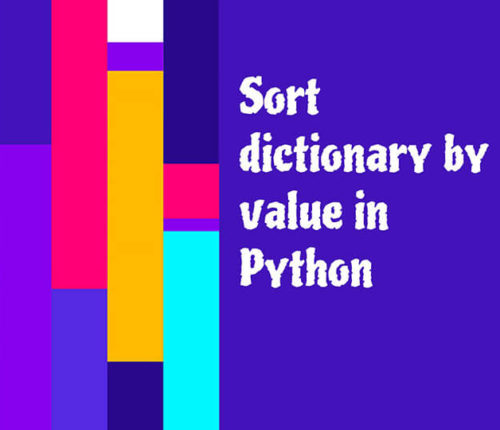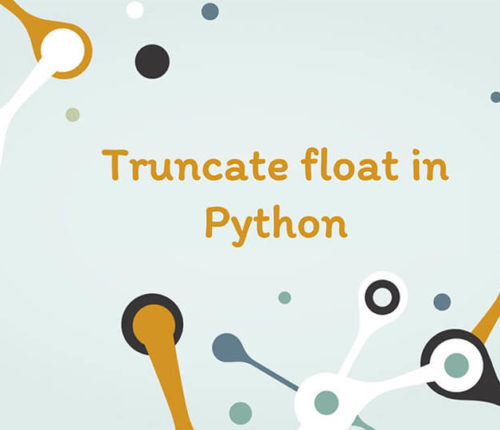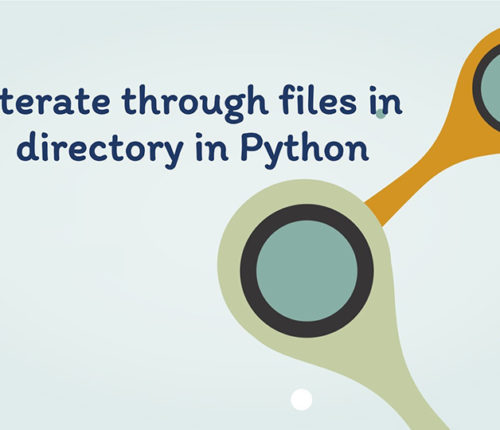Author: Vaibhhav Khetrapal


 25 November
25 NovemberPrint Elements of List on Separate Lines in Python
Lists are one of the fundamental data types in Python that is capable of storing several items in one single variable. Elements of the list are all generally printed in a single line. However, there is often a need to print all the elements on separate lines, which is what this article will be focused […]
 12 January
12 JanuaryPandas apply function to column
We make use of the Pandas dataframe to store data in an organized and tabular manner. Sometimes there, is a need to apply a function over a specific column or the whole table of the stored data. This tutorial demonstrates the different methods available to apply a function to a column of a pandas dataframe […]
 17 December
17 DecemberConvert Dict to String in Python
In this post, we will see how to convert dict to String in Python. Python contains several data structures, and more often than not, there is a need for the conversion of one type to another. This tutorial focuses on and demonstrates the different ways available to convert a Dictionary object to a String in […]
 17 November
17 NovemberSort dictionary by value in python
The elements of the given data might sometimes need sorting to make it easier to read, visualize and understand. This tutorial focuses on the different ways available to sort dictionary by value in Python. What is a dictionary in Python? Dictionaries are one of the four in-built data types that Python provides for the storage […]
 06 November
06 NovemberConvert int to binary in Python
This tutorial focuses on the different ways available to convert int to Binary in Python. What is int in Python? The term int is widely used in the Python programming world and is the term for the data type that is reserved for storing integer type values. What is Binary? It is a number system […]
 02 November
02 NovemberTruncate float in Python
Truncating a floating-point number is a widely used practice and helps in making the calculations and results easier. The process of truncating a float can be tackled in two ways, one by removing the excess and unnecessary digits or the other by simply rounding the number. This article focuses on the different ways available to […]
 30 August
30 AugustIterate through files in directory in python
A directory, as its name implies, is a place where sub-directories are created and files are stored. A directory with no parent is referred to as the root directory which is usually the main directory. This tutorial demonstrates the different ways available to iterate through files in directory in Python. Python provides the os module […]
 21 August
21 AugustInitialize matrix in python
A Matrix is a data structure, which is two-dimensional or more and stocks the numbers in a row and column format, much like a table. An in-built type for matrices is not available in Python but matrices can be created by making a list of lists and treating it as a matrix. This tutorial demonstrates […]
 21 August
21 AugustConvert list to matrix in Python
Python provides some in-built data types to stock multiple items in a single variable. A List is one among these built-in data types. However, performing mathematical functions on lists is impossible due to which we need to convert the given lists to matrices or arrays in order to allow the successful performance of certain mathematical […]



